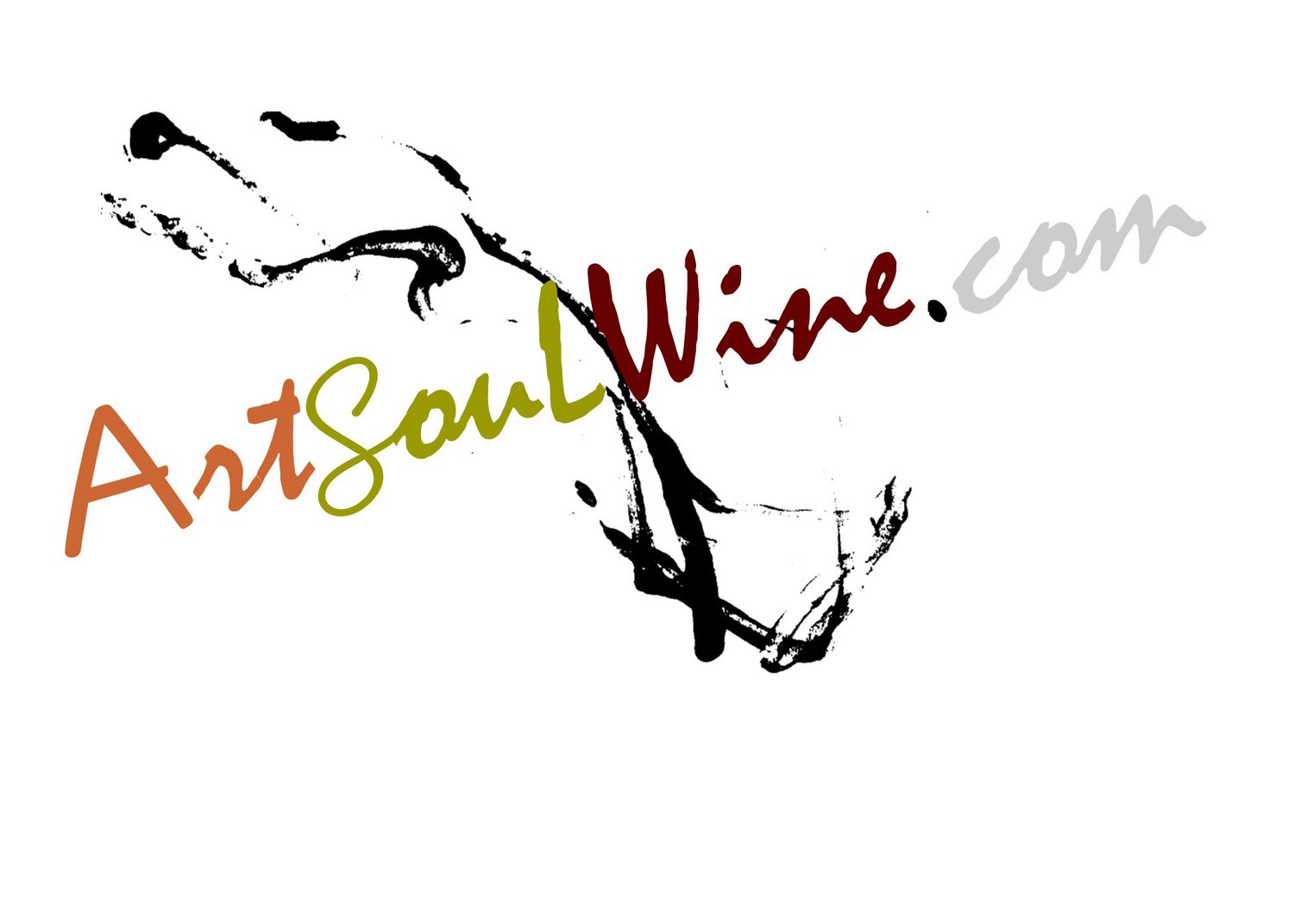The New Old Sparkling Wine: Petillant Naturel
/Red Tail Ridge vineyards overlooking Seneca Lake. The winery is sustainably farmed and was New York’s first LEED Gold Certified winery.
This article was published in The Wedge Newspaper, February-March 2019 issue.
There is a genre of “natural” wines. Not only are the farms (vineyards and wineries) usually organic, sustainable, or biodynamic, but the methods in which their wines are produced are traditional with little intervention by the winemaker.
While this movement is becoming trendy, the “natural wine movement” began in France about 40 years ago as a protest of sorts to modern, mass-produced, industrialized wines with homogenized flavors. Old World winemakers thought that grapes were being manipulated for the popular palate rather than allowing the grape’s true character to develop in the barrel and in the bottle. Of course, the techniques and methods of natural wine weren’t new 40 years ago, either, having been used and finessed over centuries of winemaking prior to that.
If a bottle is labeled “unfiltered,” “unfined,” “natural,” or “minimal intervention,” it is probably considered a natural wine. There is no formal designation or certification as there is with organic or biodynamic products, or as with the farm produce designation “Certified Naturally Grown.” The general criteria followed by wine organizations and producers include: grapes are hand-picked from low-yield vineyards; there are no additives---no sugar, no cultured yeasts, no artificial flavors or colors; minimal or no filtration; no added sulfites (or only a minute amount) as a preservative.
Because of the hands-off techniques involved, the wines often look different from the other wines on the shelf. They may be cloudy and have sediment resting at the bottom. In tasting, natural wines often have yeasty, earthy or funky flavors because of the natural elements like sediment still present in the bottle.
One type of natural wine is petillant naturel, or “pet nat.” These are interesting sparkling wines produced in the methode ancestrale which pre-dates methode champenoise, the most common technique for making sparkling wine. In methode champenoise additional yeast and sugar are added to wine in the bottle for a second fermentation that produces bubbles (carbon dioxide.) Pet nat wines are bottled before the first fermentation is complete, and no additional yeast or sugar is added. The CO2 by-product remains in the bottle and creates bubbles which also vary in intensity, but are softer on the palate than methode Champenoise bubbles. Pet nats are generally low-alcohol, easy to drink, and can be red, white, or rose.
Pet nats are intriguing because each bottle can develop in its own way, even those bottled at the same time. It is not unusual for flavors, bubbles, and texture to vary with factors like temperature, amount of yeast, and aging. Winemakers generally like the challenge of bringing out grape characteristics with minimal intervention, leaving the primary juice and indigenous yeast to make its own magic.
We recently visited the Finger Lakes to taste some of these original effervescent wines.
Red Tail Ridge Winery (www.redtailridgewinery.com) on Seneca Lake has produced seven vintages of Petillant Naturel Riesling. A natural wine making process is a logical option for New York’s first Leadership in Energy and Environmental Design (LEED) Gold Certified winery. Red Tail Ridge farms sustainably, controls pests humanely, and keeps production low to focus on quality.
For winery co-owner and winemaker Nancy Irelan, a self-proclaimed “bubbles fanatic,” pet nat wine is an “approachable sparkling wine with a shorter time in production and a friendly price point” encouraging and allowing people to drink sparkling wine more often than special occasions.
Their 2017 Peillant Naturel Riesling was on the tasting bar. With a little cloudiness and visible sediment, it’s light and refreshing. It’s citrusy, with grapefruit and lemon flavors, then a strawberry finish. Also available is Red Tail Ridge’s 2018 Pinot Noir Rose Petillant Naturel.
Natural wines are part of Barry Family Cellars’ (www.barryfamilywines.com) philosophy and style. Located in Burdett a few miles from the east shore of Seneca Lake, they purchase grapes locally and produce small batches with “minimal intervention” to “showcase individual vineyards.” Many of their wines are also unfined and unfiltered. Winemaker Ian Barry says the traditional roots of methode ancestrale appeals to him. We tasted four that he has produced.
The first was Fossil & Till Riesling 2017 Petillant Naturel, a limited edition, special project for Barry. Light and refreshing, there was a slight herbal quality with the citrusy flavors. The second wine was their latest pet nat, the 2018 Cayuga “Pet Gnat” Petillant Naturel. This was an opportunity to taste a very young wine that is still fermenting. Cayuga is a white hybrid created at Cornell University, and these grapes in particular were certified organic. At this stage, as expected, it was a bit heavier with yeasty flavors. It will be interesting to see what flavors emerge as this continues aging.
We tried the Pinot Noir Rose “Pet Gnat” 2017 Petillant Naturel after that. This was a bit richer with cranberry flavors, and I tasted a floral note of roses. The last wine was the Leon Millot 2018 “Pet Gnat” Petillant Naturel. The red grape is a French hybrid, and I picked up strawberry flavors, though as it develops, flavors could become more cherry and spice.
Rustic pet nats offer winemakers like Barry the opportunity to hone the most ancient skills using grapes and time and to give modern palates a change from the mainstream, a challenging but satisfying process.
“It was something new and fun to try,” Barry says. “I thought it would be fun to produce a history lesson in a bottle.”














